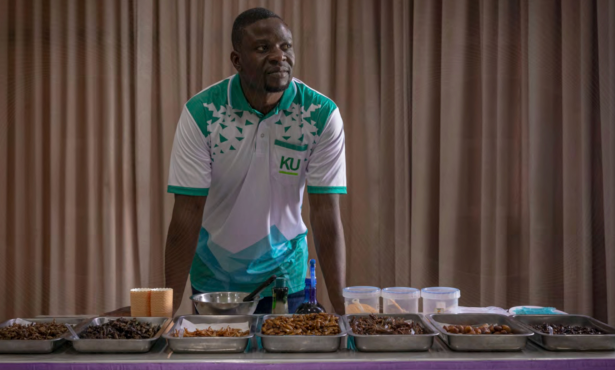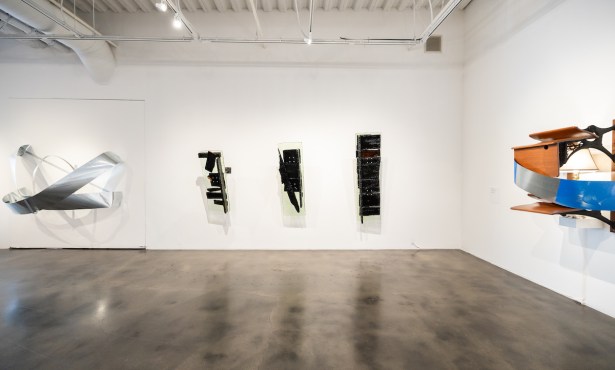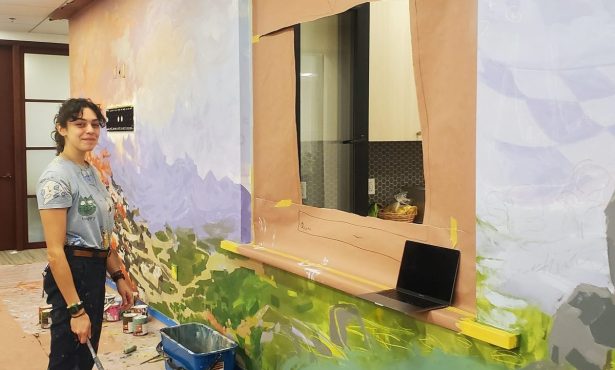Gyotaku Art Exhibit Opens at Maritime Museum
Dazzling Nature Prints by Eric Hochberg and Dwight Hwang Going on Display

Gyotaku, the traditional Japanese art form of fish-printing, has been around since the 1800s, when pre-photography fishermen used it to document their biggest catches. Eric Hochberg hasn’t been printing fish quite that long, but his legacy stretches back an impressive 50 years, earning him a reputation as one of the leading practitioners in the United States. This Thursday, November 7, a collection of his work, alongside prints by artist Dwight Hwang, will go on display as part of the Fishing with Paper & Ink exhibit at the Santa Barbara Maritime Museum. A reception from 6-7 p.m. is free and open to the public.
Hochberg earned his PhD in biology from UCSB in 1971, and he’s currently a curator emeritus in the Department of Invertebrate Zoology at the Santa Barbara Museum of Natural History. We asked him a few questions about gyotaku and his career.

What first drew you to the art form? I got interested from my connections with Japanese scientists and artists that I had a chance to meet over the years.
What species do you like working with? Well, I often like printing flat fish and stingrays. They’re a little easier to print than a fish with a very round body. My first print was a small squid, but over the years, I’ve been able to print various species of ocean life, including plants.
What’s something you enjoy about other people’s prints? I’ve enjoyed seeing the diversity of fish that have been printed over the years. It gives me an idea of what is in the ocean and what it would feel like to put ink on the fish and touch it, feel its shape and size.
What’s special about the upcoming show? It brings together my old work in fish printing with new work by Dwight. Two generations combined. My style is going in different directions, and Dwight is now going back to the past and classic printing techniques.




You must be logged in to post a comment.